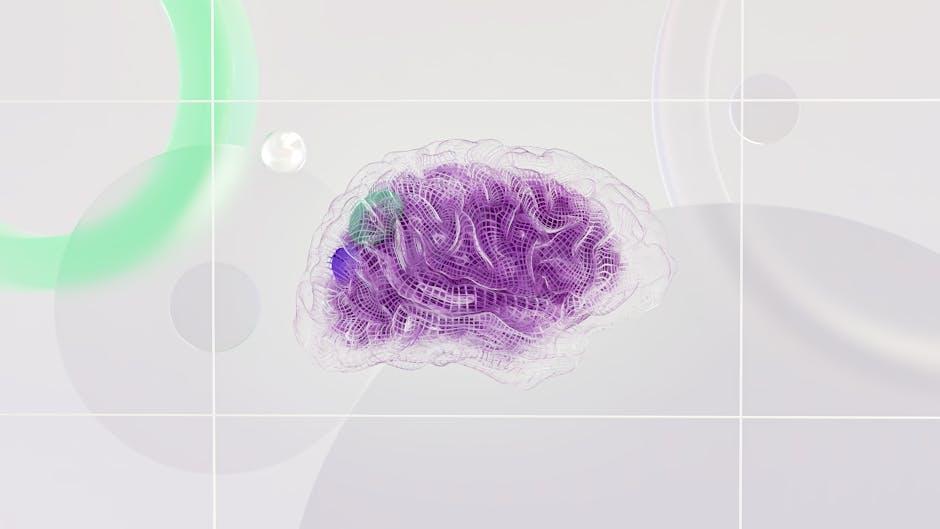In the ever-evolving landscape of cinema, the debate between CGI and practical effects remains a pivotal topic. As technology advances, filmmakers increasingly rely on computer-generated imagery to craft visually stunning narratives. However, this shift raises critical questions about the authenticity and artistry of filmmaking. ? This article delves into the implications of CGI’s dominance, exploring its impact on creativity, audience perception, and the traditional craftsmanship that practical effects embody. By examining these dimensions, we aim to uncover whether a recalibration is necessary to preserve the integrity and richness of cinematic storytelling.
Evaluating the Impact of CGI on Cinematic Authenticity
In the quest to craft visually stunning narratives, filmmakers increasingly rely on CGI to push the boundaries of what’s possible on screen. However, this reliance raises critical questions about the authenticity of cinematic experiences. While CGI offers unparalleled flexibility and creativity, its overuse can lead to a loss of tangible realism that practical effects naturally provide. The intricate textures and physical presence of practical effects often evoke a visceral reaction that digital creations struggle to replicate. This delicate balance between the two methods is crucial for maintaining the emotional impact and believability of films.
Key considerations include:
- Visual Consistency: Ensuring that CGI seamlessly integrates with live-action elements to avoid jarring contrasts.
- Audience Engagement: Recognizing the role of practical effects in grounding fantastical elements in reality.
- Cost and Efficiency: Balancing budget constraints with the artistic need for genuine, tactile effects.
By evaluating these factors, the film industry can strike a harmonious blend of CGI and practical effects, preserving the authenticity that captivates audiences and sustains the magic of cinema.

Balancing Artistry: Practical Effects Versus Digital Innovation
In the ever-evolving landscape of film production, the debate between practical effects and digital innovation remains a hot topic. Practical effects, renowned for their tangible authenticity, offer a tactile experience that can engage audiences on a deeper level. They ground fantastical elements in reality, providing a sense of weight and presence that digital effects often struggle to replicate. On the other hand, CGI opens doors to limitless possibilities, allowing filmmakers to create worlds and scenarios that would be impossible to achieve physically. This digital prowess, however, can sometimes lead to an over-reliance, resulting in visuals that feel detached from reality.
To maintain a harmonious blend of both techniques, filmmakers might consider a few strategies:
- Prioritize Storytelling: Choose effects that best serve the narrative, whether practical or digital.
- Budget Allocation: Balance financial resources to ensure both practical and digital elements are adequately funded.
- Collaborative Approach: Encourage collaboration between practical effects artists and CGI specialists to achieve seamless integration.
Ultimately, the goal is to craft immersive experiences that captivate audiences, leveraging the strengths of each method to enhance storytelling.

Regulatory Considerations for CGI in Modern Filmmaking
In the ever-evolving landscape of modern filmmaking, CGI has become a powerful tool, pushing the boundaries of visual storytelling. However, its pervasive use raises important questions about regulation. Striking a balance between digital and practical effects is crucial to preserving the authenticity and emotional resonance of cinematic experiences. Some argue that without oversight, CGI could overshadow the tactile charm and ingenuity of traditional techniques. Regulatory considerations could involve:
- Establishing guidelines to ensure CGI complements rather than dominates storytelling.
- Encouraging a hybrid approach that values both digital and practical artistry.
- Promoting transparency about the extent of CGI use in film productions.
Such measures could ensure that the magic of cinema remains a harmonious blend of innovation and tradition, captivating audiences without compromising the essence of the craft.
Strategic Recommendations for Harmonizing CGI and Practical Effects
To achieve a seamless integration of CGI and practical effects, it’s crucial to develop a strategy that respects both art forms. Collaboration between visual effects artists and practical effects teams should be prioritized. This includes joint planning sessions and workshops where both parties can exchange insights and techniques, fostering a culture of mutual respect and innovation.
- Budget Allocation: Allocate funds strategically to ensure both CGI and practical effects are utilized effectively, enhancing the narrative rather than overwhelming it.
- Training Programs: Implement training initiatives that equip filmmakers with skills in both CGI and practical effects, promoting versatility and informed decision-making.
- Hybrid Techniques: Encourage the use of hybrid techniques that combine CGI and practical effects, leveraging the strengths of each to create more realistic and immersive experiences.
By establishing clear guidelines and fostering an environment of collaboration, filmmakers can craft more engaging and visually stunning narratives. Embracing both technologies not only preserves the artistry of filmmaking but also pushes the boundaries of creative storytelling.

